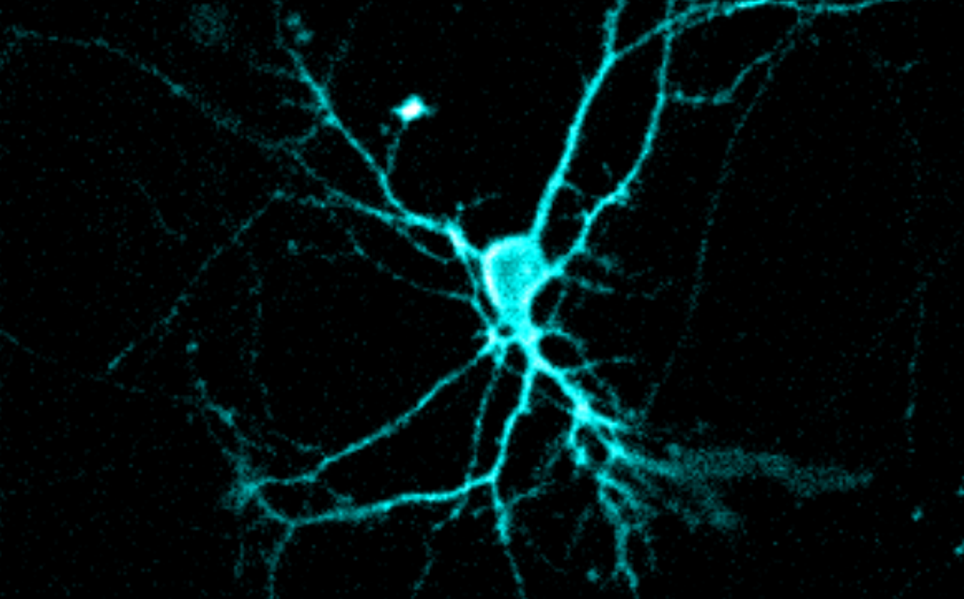
BL-OG: Combining firefly physiology with optogenetics
Neuroscientists at Brown University and Central Michigan University recently received a $1 million grant from the W.M. Keck Foundation to make bioluminescent cells for optogenetic control of themselves or their neighbours.
Optogenetics has already revolutionised neuroscience research, but associate professor Christopher Moore, who leads a new project (supported by the grant) thinks it can still do more.
Professor Moore is hoping to create cells that are smart enough to emit light precisely when needed to control optogenetic stimulation or inhibition.
This ability to self-regulate could – if optogenetics is ever approved for human use – produce new ways to treat neurological disorders such as epilepsy and Parkinson’s disease and even diabetes.
It also removes the need to inject light from outside of the body (e.g. through optical fibres), making optogenetics less invasive.
The future of BL-OG
In 2013, Moore’s collaborator Ute Hochgeschwender, from Central Michigan University, used bioluminescence – the phenomenon that allows many organisms, including fireflies to glow – to create optogenetic cells that could emit their own light. This new technique, called BL-OG (for BioLuminescent OptoGenetics), enabled the triggering of light in these cells by administration of a drug.

The next step is to program BL-OG cells to emit their own light when they sense a need, and help them react to treat themselves or each other.
Professor Moore said: “What would be really neat is if we could regulate a circuit only when it’s behaving badly. What you’d love to do is let the cell have its normal pattern of activity, and then intercede at that [problematic] moment. It’s a real-time feedback approach.”
Example treatments
In epilepsy, BL-OG-enabled neurons in the brain could be programmed to glow if calcium ions are surging in too quickly. The light could trigger neighbouring optogenetic cells to dampen their excitation, halting a seizure as soon as it starts. A similar method could be used to treat Parkinson’s disease.
In the pancreas, the researchers are hoping to create BL-OG cells able to sense low blood glucose levels. This could trigger a glow that increases the production of insulin, creating a potential therapy for diabetes.
Professor Moore and his colleagues hope that this project will radically extend optogenetics from a technology that allows scientists to control cells in the lab into one that enables cells to control themselves and each other.
Picture Credits: B Rosen/Flickr, Ute Hochgeschwender/Central Michigan University

)